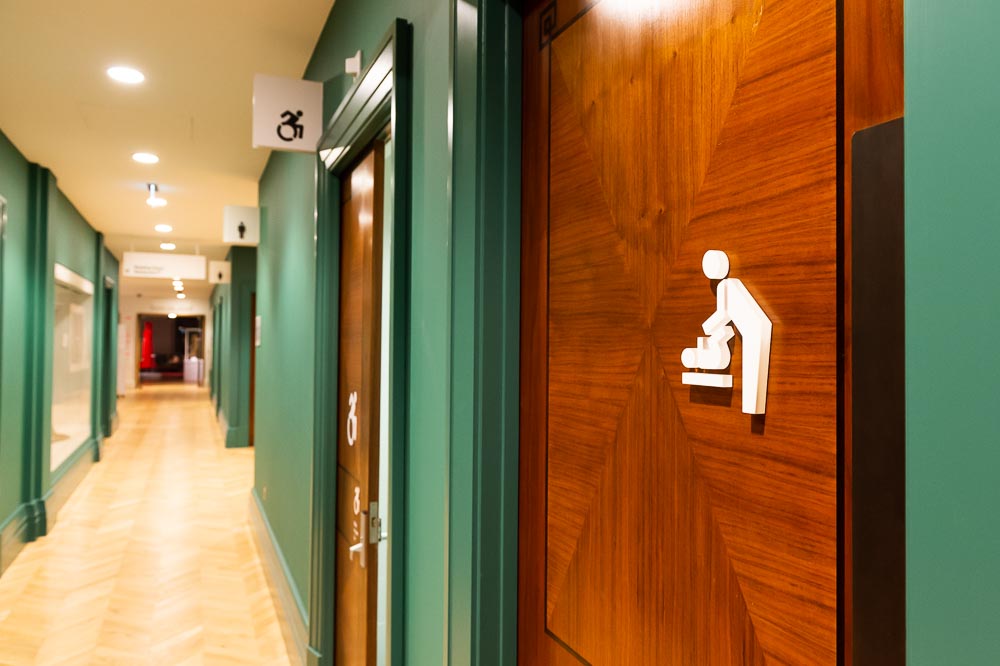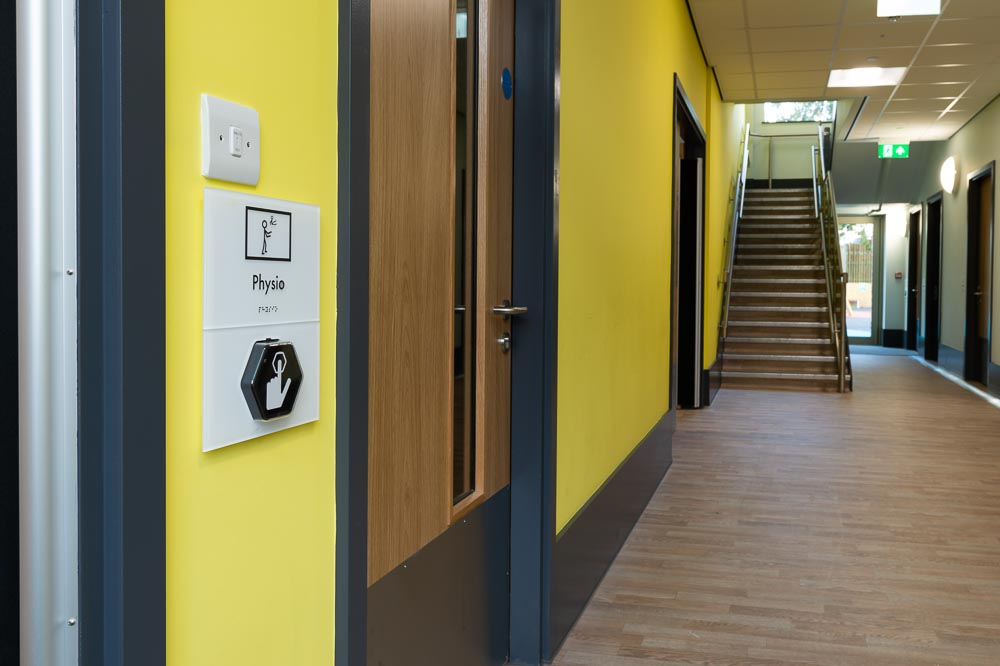When we think about inclusive signage, we often think about those who are visually impaired. However, there are many differing abilities that need to be taken into account when installing signage in a commercial or public space. If you want to make your business more inclusive, here are our top tips for installing better, more accessible signage.
Why do we need inclusive signage?
In the UK, 1 in 5 people have a disability, around 13 million people. However, 2 in 3 of those people have a hidden disability, approximately 9 million people.
As our ageing population continues to grow, this number continues to grow alongside it. So it’s more important than ever to ensure commercial spaces are as accessible as possible to people with all different abilities.
Installing inclusive signage is a simple yet effective way to do this.
Inclusive signs that make wayfinding much easier
There is legislation in the UK that ensures those with different abilities are able to access public spaces safely. Here are some of the ways you can make sure your business is adhering to these rules:
Braille and tactile signs
For those who are sight-impaired, braille and tactile signs are vital for wayfinding. At xsign, we use innovative 3D printing methods to create custom braille signs that conform to the UK Equalities Act, Part M building regulations and ADA standards for the USA.
We also have experience creating tactile signs for individuals with specific learning difficulties or dementia, who find tactile communication much easier.
Talky signs
Another creative solution to improve the inclusivity of your building is to install Talky signs. Talky is a talking sign which speak to customers when pressed.
Any message can be recorded and the button can be customised with different icons, graphics, and colours, to make it useful to as many people as possible.
From giving directions down hallways to explaining what different rooms contain, Talkies are the perfect addition to almost any commercial space.
Contrasting colours and imagery
As mentioned before, many neuro-divergent people also find it difficult to read standard signs. One way to ensure they are as inclusive as possible is to ensure they are high contrast. This means having a contrasting background colour compared to the font to make it as eligible as possible.
Also think about including imagery to show what the sign is referring to as well as wording. This will help those with dyslexia as well as those who may struggle to understand English.
Get expert help on creating inclusive signage
We’ve been creating inclusive signage for businesses across the UK for years at xsign. We are extremely familiar with the latest legislation and can help you design and install signage that is as inclusive as possible. Call us now to find out more and book a consultation with our design experts.



